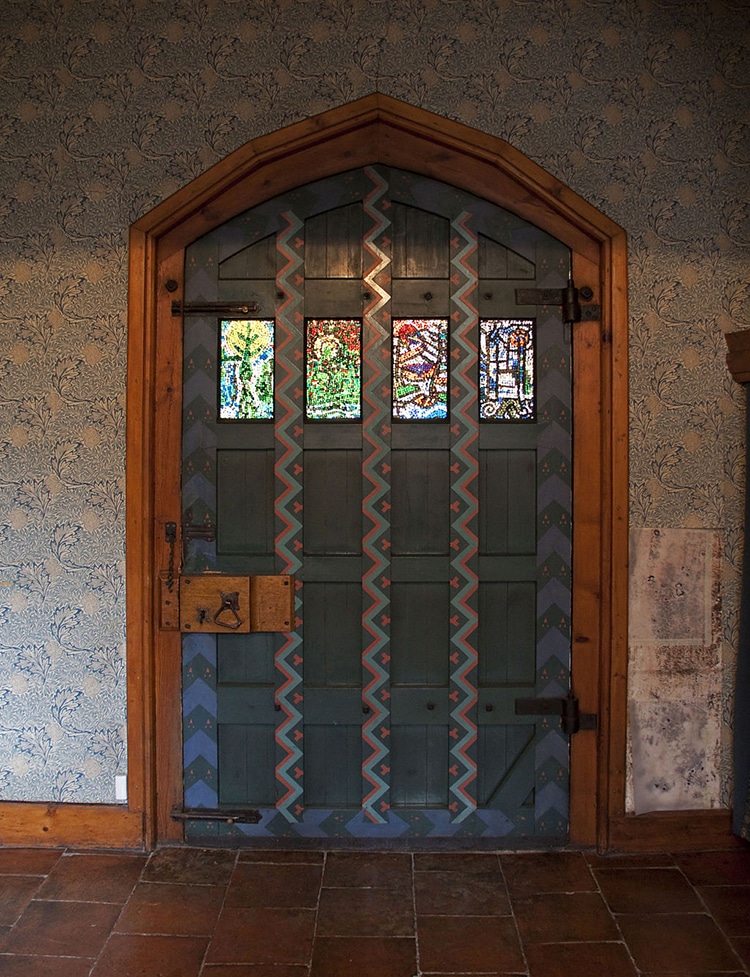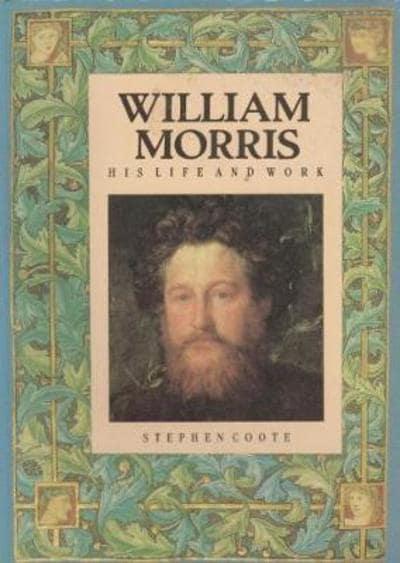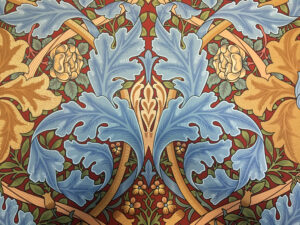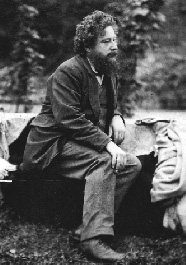William Morris: Grandfather of Fantasy

William Morris (1834–1896) influenced the evolution of fantasy literature and his fantasy novels particularly influenced J.R.R. Tolkien’s Middle Earth series.
“Morris inaugurates…fertile strand of materialist fantasy that runs through the innovative works of William Hope Hodgson, Edith Nesbit, Michael Moorcock, Ursula K. Le Guin, Samuel R. Delany, and China Miéville.” Timothy S. Murphy, Journal of the Fantastic in the Arts, 2019.
(Note that this Morris was not connected to the former William Morris Agency, WMA, now Endeavor.)
“Morris is credited with being the first author to invent a non-allegorical imaginary world with supernatural elements, and thus his prose romances can be considered precursors of the modern fantasy genre. I can warmly recommend this grandfather of fantasy to any fan of the genre. His style and imagination remain engaging and lucid even for modern readers, while his aestheticised medieval fantasy world invites the imagination to sojourn. His best known prose romances are The Well at the World’s End, The Water of the Wondrous Isles and The Wood Beyond the World.
Morris’ contribution to literature is not limited solely to fantasy. He resurrected heroic poetry in the Germanic style, in The House of the Wolfings and The Roots of the Mountains, mixing prose and verse, dramatising the resistance of Germanic tribes to Roman encroachment. Moreover, he wrote a number of narrative poems such as the well-known The Haystack in the Floods, a grimly realistic narrative about the fate of two lovers, set in the Hundred Years’ War in France. Its in medias res beginning is often quoted.” Andreas Gerster, The Zurich English Student, 2014.

Morris was one of the most influential figures of the British Arts and Crafts movement.
“Having developed his own particular taste from a young age, he began to realize the only way he could have the beautiful home he wanted was if he designed every part of it himself. As he famously once said, “Have nothing in your houses that you do not know to be useful or believe to be beautiful.”
Featuring swirling leaves, thieving birds, rose-filled trellises, and fruit tree branches, the designs of William Morris have a unique timeless quality. Rather than life-like illustrations, his drawings are subtly stylized versions.” (Emma Taggart at My Modern Met 2018.)





The Archangel Gabriel